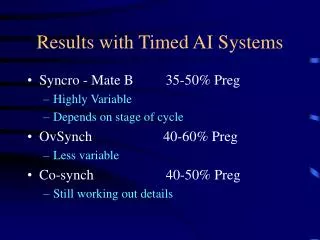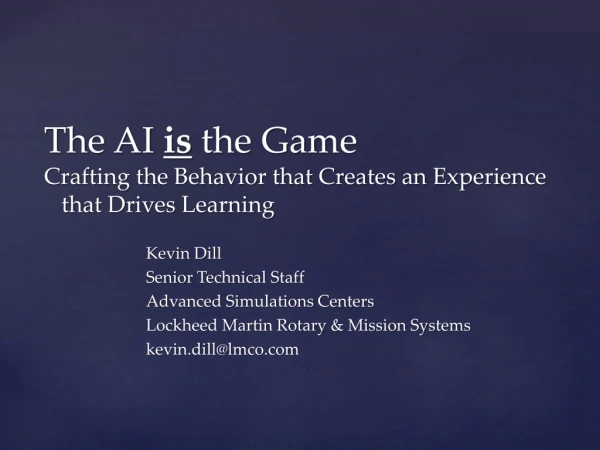Zomani AI Crafting Emails That Get Results
0 likes | 13 Views
In the digital age, email communication is a cornerstone of professional and personal interactions. Whether you're a business professional, marketer, or someone who values clear and effective communication, email writing plays a significant role. Zomani AI is designed to streamline your email creation process.
Download Presentation 

Zomani AI Crafting Emails That Get Results
An Image/Link below is provided (as is) to download presentation
Download Policy: Content on the Website is provided to you AS IS for your information and personal use and may not be sold / licensed / shared on other websites without getting consent from its author.
Content is provided to you AS IS for your information and personal use only.
Download presentation by click this link.
While downloading, if for some reason you are not able to download a presentation, the publisher may have deleted the file from their server.
During download, if you can't get a presentation, the file might be deleted by the publisher.
E N D
Presentation Transcript
More Related




















